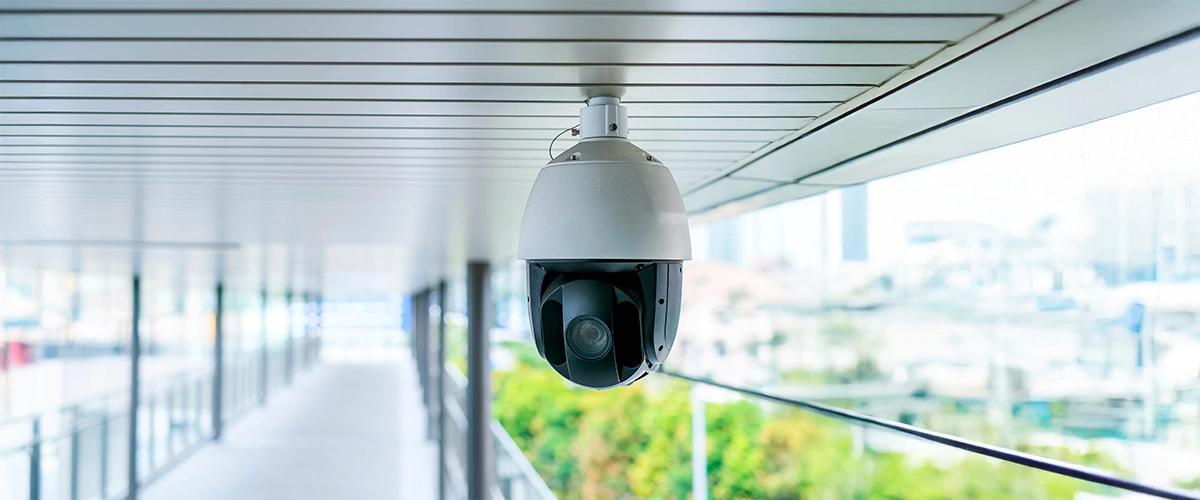Protecting residential properties and commercial structures depends on using home security cameras. You should consider installing security cameras as the key to deter intruders from your property while building your trust in your home during your absence. The selection of wired or wireless security cameras is vital when dealing with the wide variety of currently available options.
Your decision must focus on the one type of camera that suits your intended application. Before discussing the key distinctions between wired and wireless cameras, the guide explains what features to evaluate.
Security Cameras Offer Two Options: Wired Systems and Wireless Networks, Yet You Need to Choose Which Fits Your Preferences

The Stability and Dependability of Wired Security Cameras
The safety of homes strongly depends on trusted wired security cameras. The physical wiring used to link these devices provides dependable, constant signal flow. The cameras use video recording on hard disks, connecting their signal to NVR/DVR (Network/Digital Video Recorder) systems.
Consistent video quality and continuous recording are the greatest benefits of wired cameras. There is no chance of interference or connectivity problems because they don’t rely on Wi-Fi. This makes them perfect for places that need constant, robust monitoring, including prominent properties, commercial buildings, or areas with spotty Wi-Fi coverage.
However, installing cables throughout your house or place of business can be a complicated operation that calls for expert help. Furthermore, moving wired cameras would require rewiring the system, making relocation less adaptable.
Convenience and Flexibility with Wireless Security Cameras
The wireless design of security cameras brings modern adaptability to security monitoring through dedicated wireless networks. Wi-Fi and cellular networks allow these cameras to transmit video recordings for smartphone apps or cloud-based service monitoring of your property.
Wireless cameras offer the easiest installation method among their many advantages. These cameras work well for home and rental owners seeking quick installation with no complicated wiring setup. The features of wireless cameras achieve greater user interaction through built-in functions, which include motion sensors and night vision capabilities while adding two-way communication functions.
Wireless cameras experience occasional footage delays and minimal Wi-Fi lag, which might result in connectivity difficulties. A power connection is necessary for wireless cameras because regular battery replacement or charging is needed.
Features to Consider When Choosing a Home Security Camera
Choosing the right home security camera demands the exact consideration of multiple elements since numerous products exist. Following consists of essential attributes to look for:
1. Motion Recognition and Immediate Warnings
When a good security camera senses movement, it should begin to record. For you to act right away, it should also provide real-time notifications to your smartphone.
2. Image Clarity and Video Resolution
The footage is crisper at higher resolutions. Despite the widespread use of 1080p Full HD, 4K Ultra HD offers more explicit images that facilitate the identification of faces, license plates, and other essential details.
3. The Ability to See at Night
Selecting a camera with improved night vision is crucial because most security risks happen at night. Clear vision is guaranteed even in total darkness thanks to colour night vision or infrared (IR) technology.
4. Storage Options: Cloud vs. Local
Security cameras can save their video on local storage (a hard drive or microSD card) or cloud-based servers. While regional storage offers greater control over recorded data, cloud storage permits remote access but could require a subscription.
5. Camera Position and Field of View
A broader field of view (130°–180°) ensures better coverage with fewer cameras. To increase the effectiveness of your monitoring, think about where you will position the cameras.
6. Two-Way Audio and Smart Features
Thanks to built-in speakers and microphones, you can converse with guests or alert trespassers. Alexa and Google Assistant are two examples of smart home technologies that many contemporary cameras use to interface.
7. Privacy and Security Measures
Look for cameras that include two-factor authentication and encrypted connections to thwart hacker attempts. Cameras can be automatically turned off at home thanks to privacy features like geofencing.
Conclusion
You can choose between wired and wireless security cameras depending on your requirements. A wired security system is the most excellent choice for continuous, high-quality surveillance. However, a wireless camera is the best option if you value flexibility and simplicity of installation.
Investing in a top-notch security camera with cutting-edge capabilities is essential, whichever option you decide. An excellent choice is the Hikvision AcuSense Generation 2, which combines high-definition recording, deterrent features, and intelligent detection to offer 24/7 protection for your house or place of business.
Selecting the appropriate security camera guarantees the safety and security of your property, regardless of whether you are a business owner, renter, or homeowner. For total serenity, take the time to assess your demands and make an investment in a dependable and trustworthy system.

